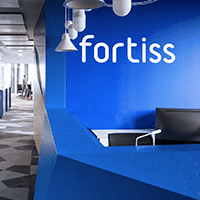Federated learning enables autonomous, adaptable robots
Enabling even more flexibility and seamless industrial application, another technical goal of the project is federated learning, developed by Prof. Röhrbein at Chemnitz University of Technology, in which several robots can share and learn new knowledge. This approach not only accelerates the learning process, but also ensures data sovereignty by minimizing dependencies on external data sources.
The impact of this innovation goes beyond industrial welding. Neuromorphic sensors have the potential to revolutionize various industries by enabling robots to adapt and learn autonomously, paving the way for more efficient and adaptable automation solutions.
The integration of neuromorphic sensors into industrial robotics represents an important milestone in the development of automation technology. As research in this area progresses, the potential applications and benefits of neuromorphic robotics are likely to increase, driving further innovation and reshaping the future of manufacturing. The expected research results from fortiss could therefore significantly accelerate the introduction of cobots and other autonomous systems into production environments. This will lead to higher productivity and flexibility.



